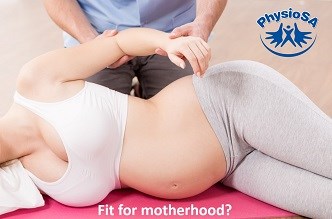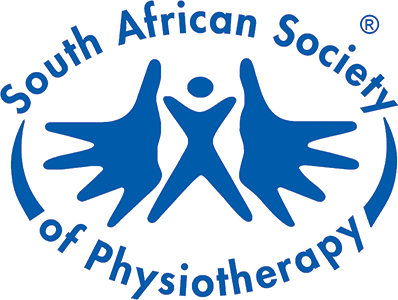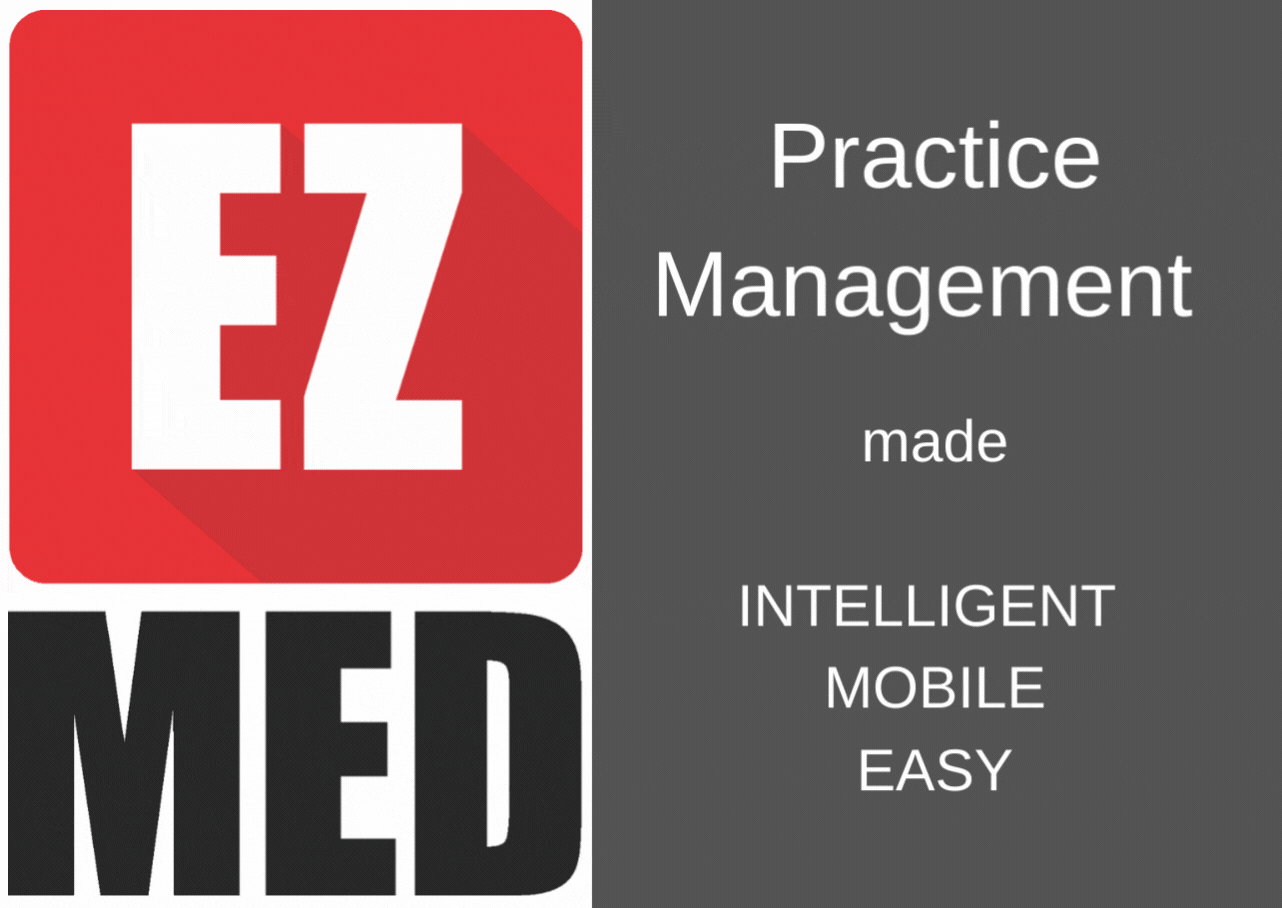
It’s all about the muscles!
That gym bunny with the flattest tummy, her six-pack clearly defined: giving birth is going to be a breeze for her, right?
Wrong! “Some women with admirable abdominal muscles do think that this means they will easily push out a baby, but that’s not true,” says Lonese Jacobs, a physiotherapist in Cape Town who works with women’s health. “In fact, some of the unhappiest new mothers I’ve treated have been the very fit – because they’ve toned and strengthened their abdominals but paid little or no attention to other less well-known muscles involved in carrying a baby and giving birth.”
Just as you ramp up your healthy diet before falling pregnant, taking your folic acid, and dump unhealthy habits like smoking, so you should prepare for conceiving and carrying a baby by working the muscles which will hold that baby – and ultimately usher the little one into the light of the delivery room.
Your baby grows within a flexible ‘bucket’ made up of the bones of the pelvis and the spine, the abdominal muscles, the small muscles of the back and the pelvic floor.
The abdominal muscles consist of the rectus abdominus – the surface band which shows up as the six-pack when well exercised – and the deep band of muscles under it called the transversus abdominus. This is your ‘corset’ muscle, which is attached to the ribs and sweeps down to the pelvis, keeping your tummy smooth and flat. It’s also a vital muscle that will cradle your growing baby and help to push him or her out.
There’s a complex set of muscles in the back which are also involved in supporting and delivering the baby. For example, there’s the quadratus lumborum, which, like the corset muscle, sweeps from the back of ribs down to the crest of the two wing-like bones that flare out from your hips, the ilia. This muscle has attachments to all the vertebrae it passes, so it has an important role in stabilising the back.
And then there’s the pelvic floor, another complex group of muscles which forms the base of the ‘bucket’. These are the muscles you relax to wee, or clamp down on when you need to stop the flow. If your pelvic floor is weak (even if your abdominal muscles are highly toned), you are likely to have a tough labour, as these are the muscles that guide and move the baby through the birth canal.
“All of these muscles work together to push the baby out, so to make delivery as smooth as possible, you want to ensure in advance that they are strong and in excellent condition,” says Jacobs. “In fact, ideally you want to work on them before falling pregnant – back, pelvis and abdominal muscles in good shape will help you avoid the killer low back pain of pregnancy and enable you to be active throughout.” And good shape does not mean just able to contract hard – your muscles need to be supple and fluid enough to both contract and relax fully.
Physiotherapists do four years of university training to understand physiology and they are experts in exercise; a physiotherapist can assess the strengths and weaknesses of your body, and put together an exercise programme that will ensure you’re well prepared for the nine months of pregnancy and the delivery.
Another way of preparing for birth is regular perineal massage, which can reduce your risk of tears or an episiotomy (cut and stitches). Physiotherapists, especially those who have focused on women’s health issues, can show you how to do this.
It’s one of the things we seldom talk about, but many women have long-term fall-out from tough labour – even lifelong – that affect their quality of life, their continence, their sexual health and well-being. Consulting a physiotherapist for advice in advance of conception may be one of the best decisions you ever make.
Back






